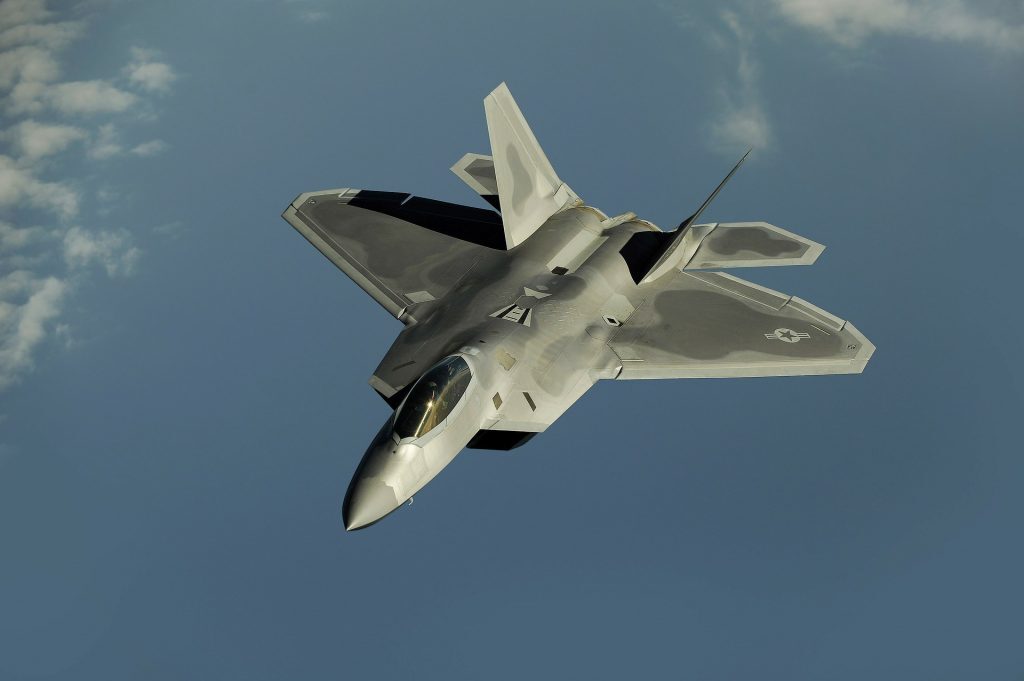Last month an AI system, one of many vying for the privilege, took on an American fighter pilot in a simulated dogfight. The result, perhaps predictably, was that the AI took down its human opponent in short order.
While interesting on a technical level, it wasn’t quite the spectacle we might have expected from a man vs. machine situation. But you don’t have to wait too long for that to happen — actual pilots will take on actual AI enemies in actual plans by 2024.
This sounds like a great idea
Which is actually an extension of the AlphaDogFight trials that took place in August this year. US Defence Secretary Mark Esper, speaking at the Pentagon’s first AI Symposium, said: “As an example of the tectonic impact of machine learning on the future of warfighting, the Defense Advanced Research Projects Agency (DARPA) recently conducted its third and final F-16 combat simulation between an AI-controlled system and an experienced Air Force fighter pilot.”
“The AI agent’s resounding victory demonstrated the ability of advanced algorithms to out-perform humans in virtual dogfights. These simulations will culminate in a real-world competition involving full-scale tactical aircraft in 2024”
Which, before you ask, probably won’t involve live-fire being exchanged. It should be a repeat of the simulated bout, using physical planes. Just to see what the AI can do in the real world, we’d assume. The US isn’t considering replacing pilots, according to Esper (not that we’d expect him to admit that if they were). Instead, the country sees “…AI as a tool to free up resources, time, and manpower so our people can focus on higher priority tasks, and arrive at the decision point, whether in a lab or on the battlefield, faster and more precise than the competition.” Part of which means knowing just how much control can be effectively handed over to an AI.
We are extremely thankful that this real-world competition is set for 2024, however. With the way 2020 is going, slapping AI into a fighter jet would probably result is what is commonly known as ‘disastrous consequences’.
Source: Defense.gov




